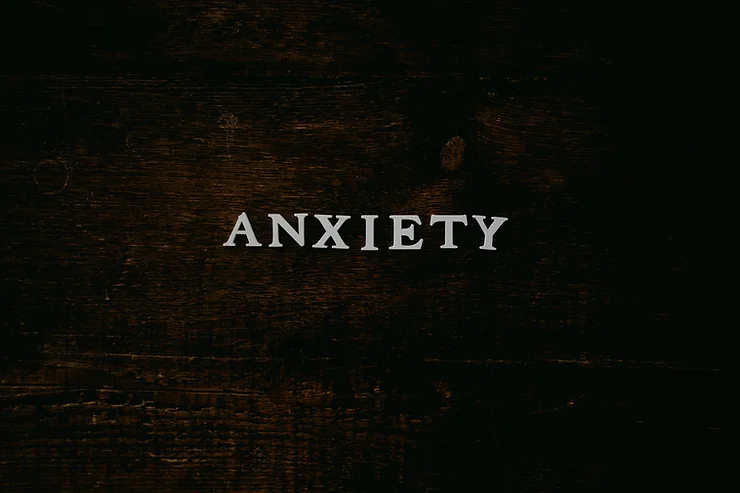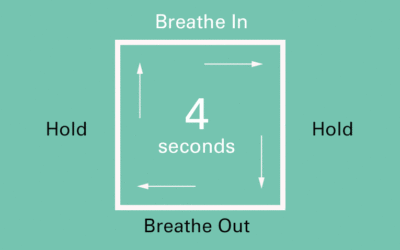“I have anxiety” is a phrase often heard in relation to simply feeling nervous or stressed, but in using the word so casually we do not appreciate the severity and complexity of the condition.
In Anxiety: Understanding the cycle I outlined briefly on how anxiety can work, but one of the biggest challenges with anxiety understanding and managing it is how it presents in so many different ways.
Anxiety can be mild or severe, and it is a normal response to stressful situations, but when it becomes excessive and interferes with daily life, it can be considered an Anxiety Disorder. Anxiety Disorders are all unique, but they share features of excessive fear and anxiety and related behavioral disturbances. Fear is the emotional response to real or perceived imminent threat, whereas anxiety is anticipation of future threat.
Clinical levels of anxiety can manifest into disorders such as: Generalized Anxiety Disorder (GAD), Panic Disorder, Social Anxiety Disorder, Specific Phobias, and Obsessive-Compulsive Disorder (OCD). Common symptoms shared between these disorders can include restlessness, difficulty concentrating, irritability, muscle tension, urge to avoid trigger, and sleep disturbances.
Individuals who live with anxiety may also experience physical symptoms such as chest pain, muscle tension, shortness of breath, increased heart rate, sweating, feeling weak, gastrointestinal (GI) problems and dizziness. These physical symptoms are due to heightened stress levels, and if gone unmanaged can create or exacerbate physical health problems such as high blood pressure and heart disease.
The causes of anxiety are complex and can vary from person to person. It can be a result of genetics, brain chemistry, personality traits, life experiences, and stress. Environmental factors, such as trauma, abuse, or prolonged exposure to stressful situations, can also contribute to anxiety.
If you are feeling symptoms of anxiety, or have received a formal diagnosis, know that you are not alone:
- According to the Canadian Mental Health Association, Anxiety Disorders affect approximately 12% of the Canadian population in any given year.
- Anxiety disorders are the most common mental health problem experienced by children and youth in Canada, with an estimated 10-20% of Canadian youth affected.
- Women are more likely to experience anxiety disorders than men, with a lifetime prevalence rate of 21% for women and 12% for men.
- In 2020, a survey by the Angus Reid Institute found that 41% of Canadians reported feeling anxious.
It is important to remember that seeking help for anxiety is a sign of strength, and with the right treatment and support, it is possible to manage and overcome anxiety. There are several evidence-based therapies that have been shown to be effective in treating anxiety, including Cognitive-Behavioral Therapy (CBT), Dialectical Behaviour Therapy (DBT), Scceptance and Commitment Therapy (ACT), among others. These therapies aim to help individuals understand and manage their anxiety symptoms, develop coping strategies, and improve their overall well-being.
The Diagnostic and Statistical Manual of Mental Disorders (DSM) is the handbook used by health care professionals, and I will end this post by including a few brief descriptions of the different types of Anxiety Disorders found within to provide more context:
- Generalized Anxiety Disorder (GAD): This disorder involves excessive and uncontrollable worry about a wide range of situations or activities. Symptoms must be present for at least six months and include restlessness, fatigue, difficulty concentrating, irritability, muscle tension, and sleep disturbances.
- Panic Disorder: This disorder involves recurrent panic attacks, which are sudden and intense episodes of fear that peak within minutes. Symptoms can include heart palpitations, sweating, trembling, chest pain, and a sense of impending doom or loss of control.
- Social Anxiety Disorder: This disorder involves intense fear or anxiety about social situations where the person may be exposed to scrutiny or judgment by others. Symptoms include sweating, trembling, blushing, and a fear of being embarrassed, humiliated, or rejected.
- Specific Phobia: This disorder involves intense fear or anxiety about a specific object or situation, such as flying, heights, or spiders. The fear is disproportionate to the actual danger posed by the object or situation.
- Obsessive-Compulsive Disorder (OCD): This disorder involves persistent and intrusive thoughts (obsessions) and/or repetitive behaviors (compulsions) that are time-consuming and interfere with daily life. Common obsessions include fears of contamination or harm, while compulsions may involve excessive cleaning, checking, or counting.
If you are working to manage anxiety but are having difficulties on your own, I encourage you to book a session or contact me for free consultation so we can talk about how counselling may be able to help!



